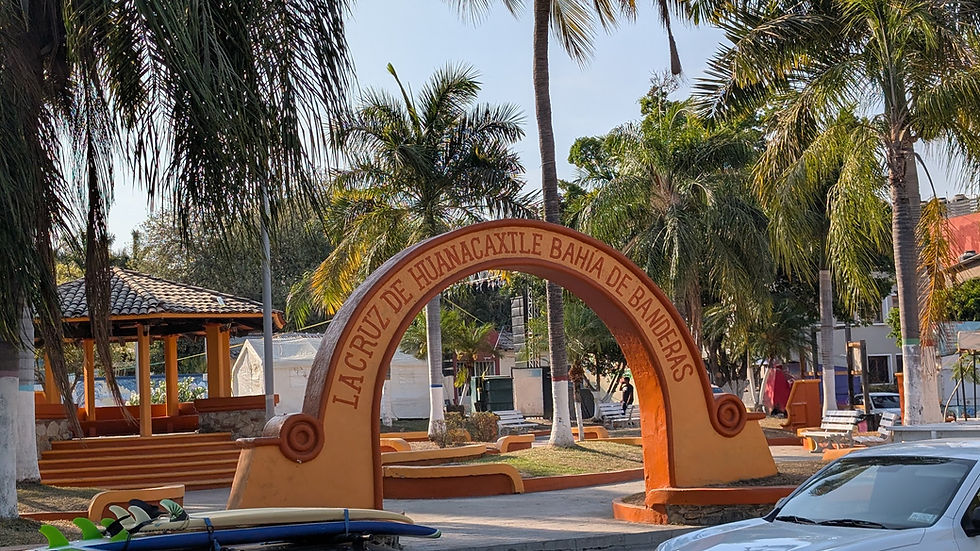Bonneville Lock
- Capt. Eric
- Sep 2, 2021
- 3 min read
Our first time through a lock!
I've obviously been through many locks on larger ships when I was still sailing, but going through one on your own small boat is a completely different experience.
First, we had to fight the current on our way to the lock. The water spill from the damn makes it one of the swiftest current on the river we're told. Our ground speed was slow to say the least, even with the engine put-putting at its normal speed. I saw the GPS ground speed fall down to 0.0 knots. Also known as going no where fast!
But maneuvering across the river in slightly shallower waters as per locals' advice got us some speed back. Suddenly making 1.5 knot felt like being on a rocket!
As advised by the lock and publications, I raised Bonneville Lock on VHF channel 14 when I was 30 minutes away, only to immediately encounter more current and drop my speed to where suddenly I was still an hour away.
I told the lock operator that we were novices but had read all about the procedures. He was very kind and helpful, and best of all, opened the doors just for us. We'd been told that small recreational vessels could go at set times of 09:00, 12:00 and 15:00, but that wasn't the case for us. We got our green light to go in straight and that made us feel like the "big guys".

Entering the lock is almost spooky: The boat obviously has plenty of room to fit below the entrance bridge and plenty of width in the lock, but it looks like you're entering a dark cavern when you go under the bridge and get shaded by the tall walls.
The operator said we could choose our bollard, so I chose the furthest in, all the way to the far side of the lock.

There are 2 bits per floating sliding bollard, a very convenient setup for taller Enfin. I was concerned the bit might be so low that we couldn't reach it from the pilothouse and I would have to line up the rear cockpit door for Di to loop each spring line.
Instead it was much easier: We selected the upper bit, just at the right height from Enfin's tall Portuguese bridge.
Like recommended we ran a spring line from forward to the bit, looped around and back to the boat. And an aft spring line with a similar setup.
Once we were confident in our lines, I radioed the lock operator who closed the massive doors behind us and starting filling the lock up. Water came in fast, but created no current in the lock, so we could see Enfin rising fast against the wall, for a total height of 30 feet.

During the rise you try and keep the boat parallel to and away from the wall. Big round fenders help a lot, and then you work the lines as needed and push the boat as needed. All in all, much easier than we expected, though I can see hoe things might get trickier in higher winds.
Thanks to Sean for lending us the ball fenders.

You feel the boat rising fast. The amount of water going in must be rather consequent.

Once we reached the top an employee of the lock came to say hello. She was an RV enthusiast and was wondering about living on a boat, so always comes down to look at trawler types.
The operator makes it clear that you must remain tied up until he gives you the all clear, green light. Obviously they don't want us to go and bang into their massive doors.
The OK came in fast, and after slipping the lines we were on our way. A last thank you to the kind operator, letting him know we'd cleared his doors and we were off.
A relatively simple experience, and next time we'll have an even better setup. One lock done, seven to go to reach the highest point in the river that we can navigate to.




Comments